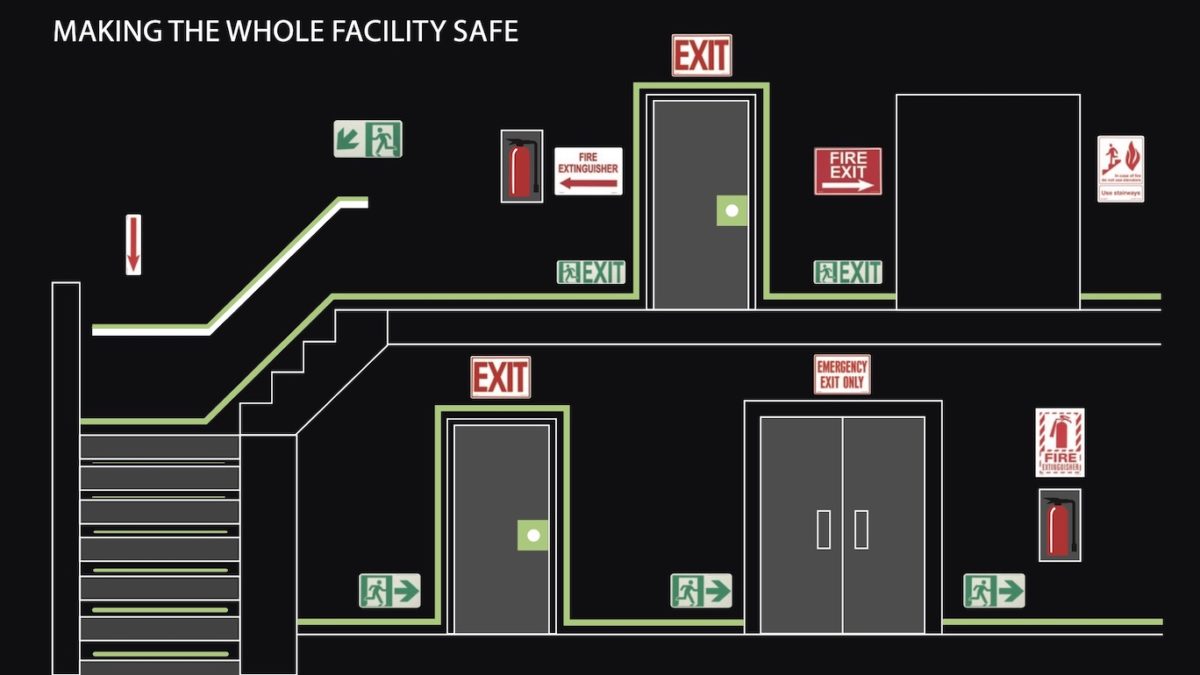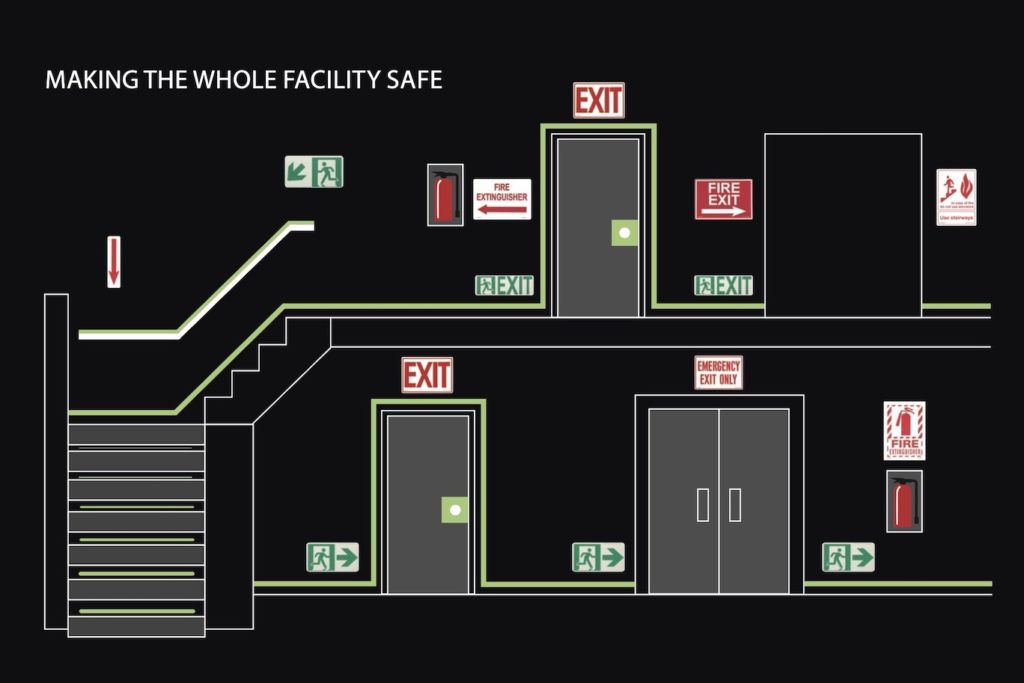

Every office should have an Emergency Action Plan in case of fire, flood, earthquake, public safety threat, hazardous materials or bio-hazard threat.
According to FEMA, nonresidential building fires and losses in 2018 comprised of 103,600 fires, 1,025 injuries, $2,656,600,000 lost in damage, and 85 deaths. A well-planned evacuation protocol will help minimize potential threats and losses. Evacuationplans.com offers guidance on how to create your EAP.
“Building your team and documentation are the most important parts of this process. You are looking for people that have great empathy for their coworkers, accountability, and a strong sense of safety. Documentation will provide the who, what, when, where, and how of evacuating when there is trouble.”
The company advises to:
- Think about the type of emergencies your staff could encounter.
- Where are the safe gathering places for all of your employees?
- How will they get to their safe places? Go walk the routes. See which impediments may need to be addressed (pathway obstructions, ladders, slippery surfaces, locked doors, etc.). Where are the fire extinguishers located, and are they up to date? Where are the pull stations located? These key points should all be addressed prior to marking up your draft evacuation map.
- Think about signage and location of signage.
- Think about chain of command and who is in charge.
- And then train your teams to follow the EAP.
Evacuationplans.com has much more information and resources to help you create your individual EAP.
